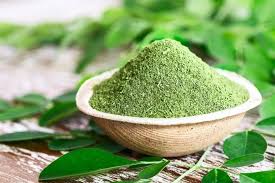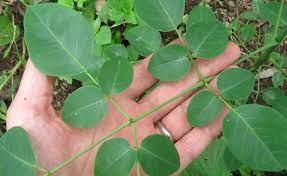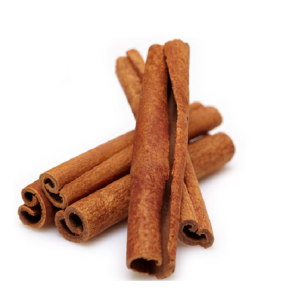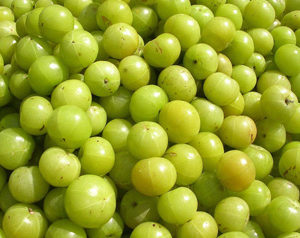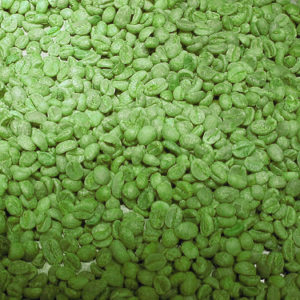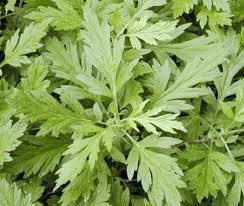Description
Moringa leaves are great antioxidants due to their high levels of ascorbic acid, flavonoids, and carotenoids (Omotesho et al, 2013). They are also a haven of micro and macronutrients with high levels of vitamin C, calcium, potassium, and vitamin A, often significantly higher than that found in more commonly consumed fruits and vegetables (Trees for Life, 2011). The leaves contain all of the essential amino acids, are rich in protein and other important nutrients such as iron and phosphorus. Research has also shown that most nutrient content levels increase when the leaves are dried and concentrated into a powder (Trees for Life, 2011).
The Moringa fruit pods are typically twenty to fifty centimetres long and generally hold up to twenty-six seeds (Omotesho et al, 2013). The pods have high counts of thiamine, beta-carotene, riboflavin, and vitamin A and C. The seeds inside are made up of nineteen to forty-seven percent oil, which is often extracted for cooking oil due to its sweet and non-sticking properties (Omotesho et al, 2013). The seeds can also act as a coagulant, clarifying most degrees of water impurity (Orwa et al, 2009).
Moringa also offers enormous benefits when cultivated as a field crop. In one study using only small amounts of fertilizer and no irrigation, one hectare of Moringa produced 100,000 kg of green matter and was able to harvest every seventy-five days (Trees for Life, 2011). In another study with irrigation and larger amounts of fertilizer, one hectare was able to produce approximately 700,000 kg of green matter and was harvested every thirty-five days (Trees for Life, 2011).
Omotesho, K. F., Sola-Ojo, F. E., Fayeye, T. R., Babatunde, R. O., Otunola, G. A., & Aliyu, T. H. (2013). The potential of moringa tree for poverty alleviation and rural development: Review of evidences on usage and efficacy. International Journal of Development and Sustainability, 2, 799-813.
Orwa, C., Mutua, A., Kindt, R., Jamnadass, R. & Anthony, S. (2009). Moringa oleifera. Retrieved from www.worldagroforestry.org/treedb/AFTPDFS/Moringa_oleifera.pdf
Trees for Life international. (2011). The moringa tree. Retrieved from www.treesforlife.org/our-work/our-initiatives/moringa

